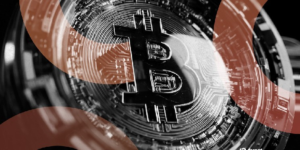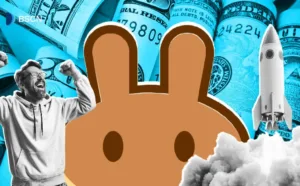Stagflation is a period during which an economy sees simultaneous stagnant growth and rising inflation (in other words, growth and inflation move in opposite directions).
What Is Stagflation?
What Causes Stagflation?
The causes of stagflation are complex, but over-regulation of the economy, an increase in taxes, and a rise in interest rates can contribute to it. When demand is low, businesses lower production and decrease the number of employees. This can lead to high inflation and unemployment. When interest rates are high, it becomes more expensive for businesses and people to borrow money. It can prevent growth as well. During a period of stagflation, the government may intervene and increase taxes in order to increase revenue. This will reduce the amount of money businesses and people have to spend (purchasing power), leading to slower growth.
How to Know If an Economy is Facing Stagflation?
In order to determine if the economy is experiencing stagflation, one must look at three indicators: GDP, inflation and unemployment. GDP refers to the rate at which the economy is growing. If the GDP is stagnant or dropping, the economy is experiencing stagnation. Inflation is an increase in the price of goods and services. Unemployment refers to the number of people who are actively seeking work but cannot find employment. If the unemployment rate is rising, the economy is experiencing high unemployment. All these metrics collectively indicate stagflation.
Stagflation in History
When the US was hit by inflation during a recession in the 1970s, the word “stagflation” was coined. Some believe that this incident was caused by the Nixon administration’s policies, which strongly urged the Federal Reserve to raise the money supply in tandem with the White House’s policy of wage and price controls.
At first, the approach appeared to be a good idea, but an unexpected rise in oil prices severely damaged almost all supply chains. These elements came together to cause double-digit inflation in 1973 and 1974 as well as an almost twofold increase in the unemployment rate. Consequently, consumer spending decreased sharply.
Strategies to Survive During Times of Stagflation




